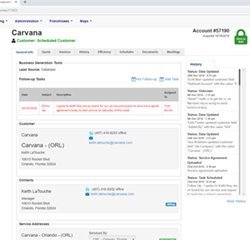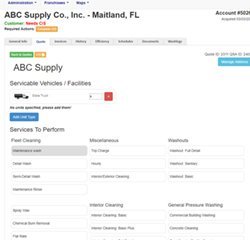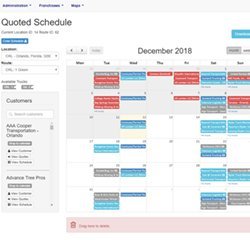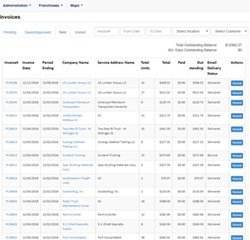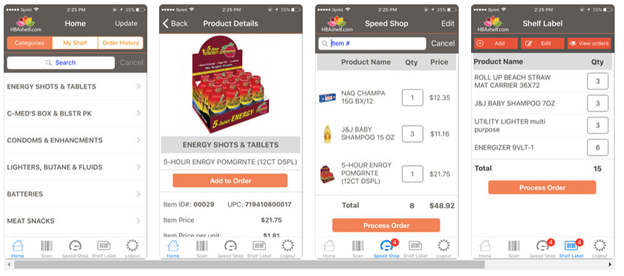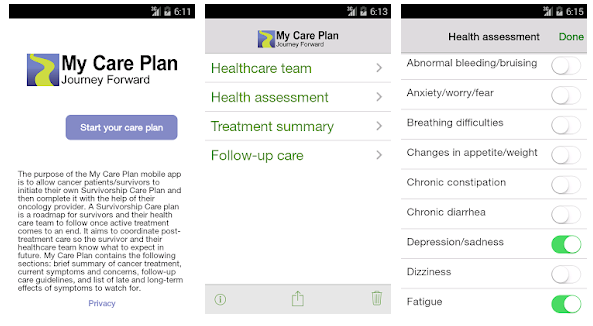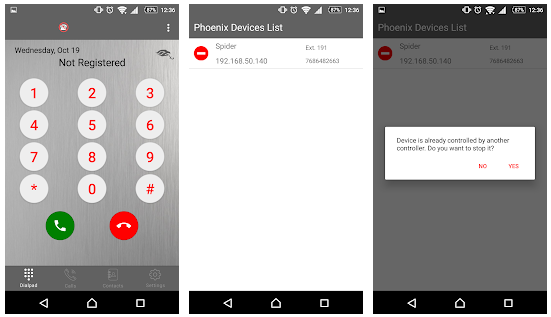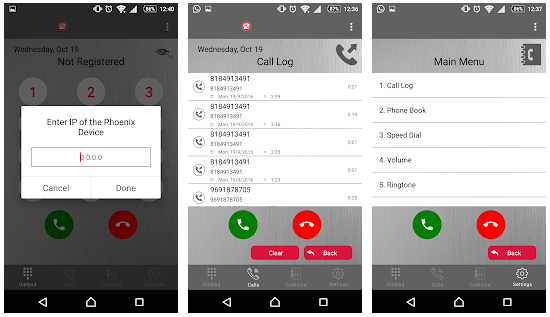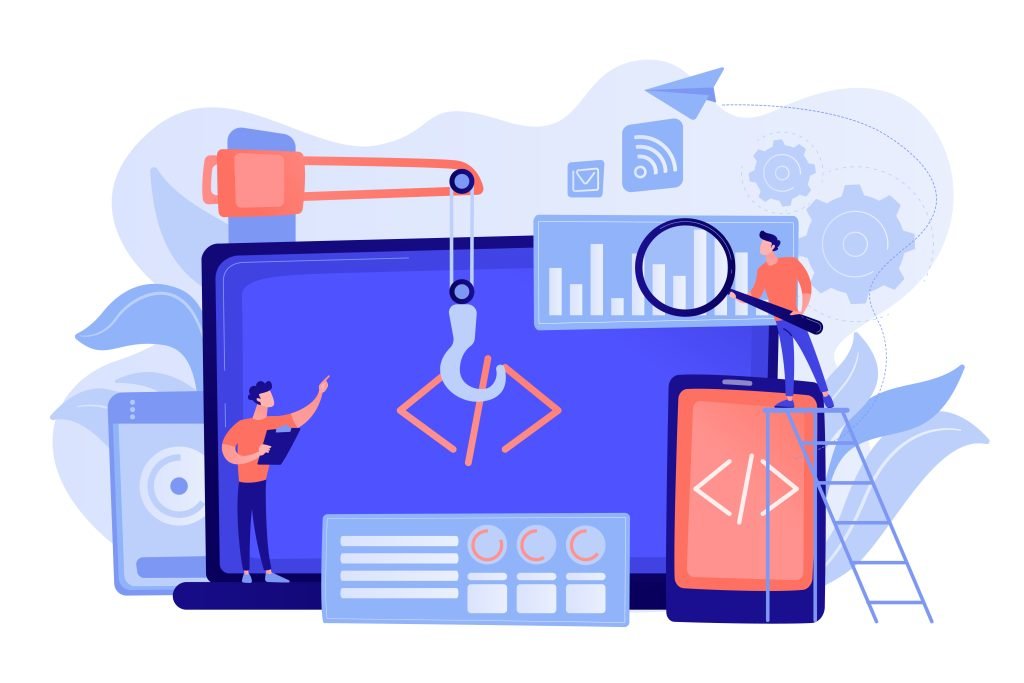


Software maintenance is essential for organizational sustainability, playing a pivotal role in keeping systems secure, efficient, and adaptable. Regular maintenance involves updates, bug fixes, and performance enhancements, ensuring that software remains aligned with evolving business goals and technological advancements. Neglecting maintenance can lead to costly downtime, security breaches, and decreased productivity. By prioritizing software maintenance, organizations can safeguard their investments, support long-term growth, and maintain a competitive edge in the market.
What is software maintenance and why is it important?
Software maintenance involves the ongoing process of updating, optimizing, and fixing software after its initial deployment. It’s important because it ensures the software continues to function smoothly, remains secure, and adapts to changing user needs or technological advancements.
Importance:
- Ensures Functionality: Keeps software running smoothly and efficiently.
- Security: Protects against vulnerabilities and threats.
- Adaptability: Allows software to evolve with changing business needs and technology.
- Cost-Effective: Prevents costly system failures and downtime.
- Longevity: Extends the software’s lifespan, supporting long-term business goals.
What are the four types of software maintenance?
The four types of software maintenance are:
- Corrective Maintenance: Involves fixing bugs, errors, and defects in the software that are discovered after deployment.
- Adaptive Maintenance: Adjusts the software to work in new or changing environments, such as updates to operating systems or hardware.
- Perfective Maintenance: Enhances or improves software functionality and performance based on user feedback or evolving requirements.
- Preventive Maintenance: Proactively updates and refines the software to prevent future issues, improving its long-term stability and performance.
What is Software Maintenance Process
The software maintenance process is a structured approach to managing and implementing updates, fixes, and improvements to software after its initial deployment. It typically involves the following stages:
- Problem Identification and Analysis: Detect and document issues, bugs, or areas requiring improvement.
- Planning: Prioritize maintenance tasks based on urgency, importance, and resources available.
- Implementation: Apply the necessary code changes, bug fixes, or updates to the software.
- Testing: Test the modified software in a controlled environment to validate that the maintenance changes work as intended.
- Deployment: Deploy the updated software to the live environment.
- Review and Feedback: Gather feedback from users and stakeholders to assess the effectiveness of the maintenance.
This process ensures that software remains functional, secure, and aligned with business needs over time.
What type of maintenance task involves fixing bugs?
The maintenance task that involves fixing bugs is known as Corrective Maintenance. This type of maintenance addresses errors, defects, and issues in the software that are identified after it has been deployed. The primary goal is to correct these problems to ensure the software functions as intended.
Can bug fixes also include software maintenance?
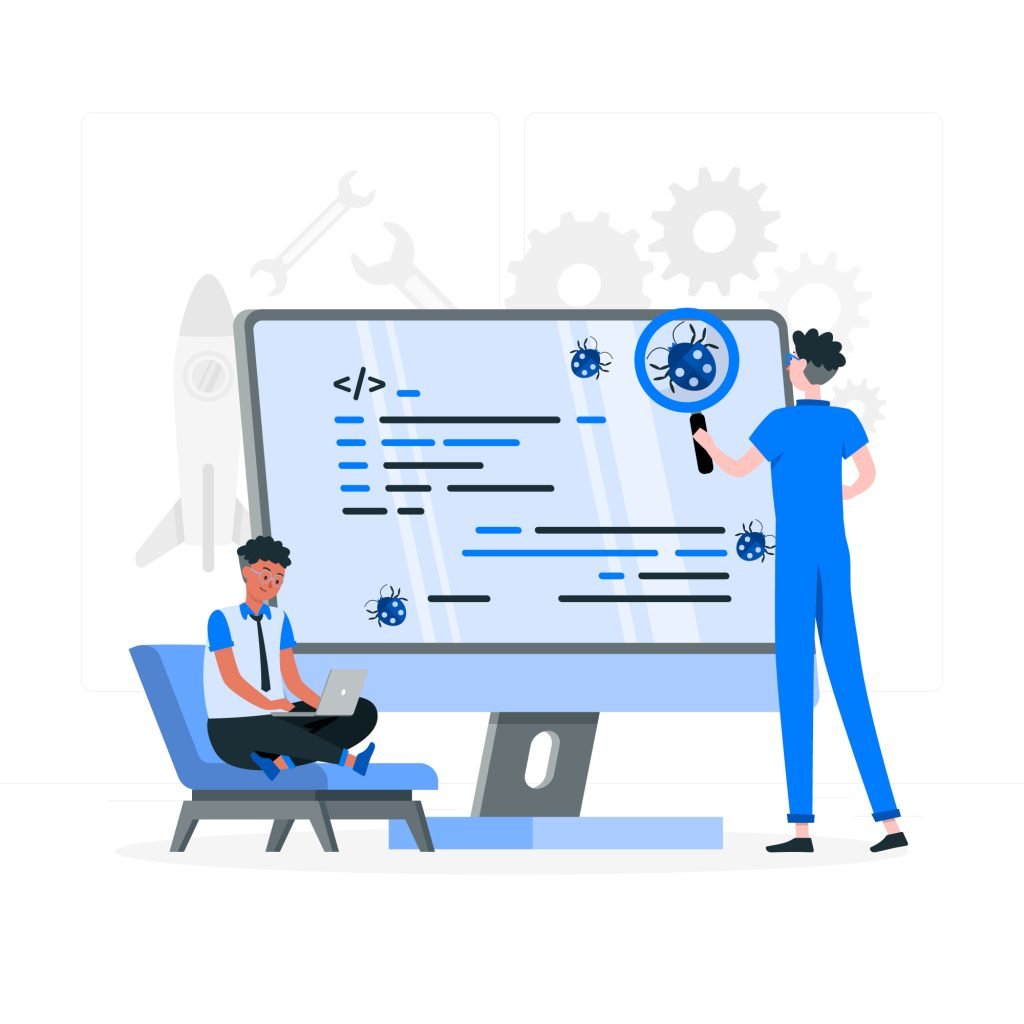


Yes, bug fixes are a key aspect of software maintenance. Corrective maintenance specifically targets and resolves defects discovered after deployment, ensuring software reliability and performance. By addressing bugs promptly, software maintenance prevents potential disruptions, enhances system stability, and extends the software’s lifespan. Regular bug fixes are crucial for maintaining the overall health of any software system.
What is Software Maintenance Cost
Software maintenance cost refers to the ongoing expenses associated with updating, fixing, and enhancing software after its initial deployment. This includes corrective maintenance to address bugs, adaptive maintenance for changes in the environment, perfective maintenance to improve functionality, and preventive maintenance to avoid future issues. These costs vary based on the software’s complexity, the frequency of updates, and the level of support required. Effective management of maintenance costs is crucial for ensuring software remains functional and aligned with business needs.
What types of Challenges in Software Maintenance
Software maintenance presents several challenges:
- Complexity: Managing intricate software systems can be difficult, increasing the risk of introducing new errors during updates or fixes.
- Compatibility Issues: Adapting software to work with new technologies, operating systems, or hardware requires ongoing adjustments and testing.
- Resource Constraints: Limited budgets and personnel can hinder the ability to address all maintenance needs effectively and timely.
- Documentation Gaps: Outdated or insufficient documentation complicates understanding and modifying the software, leading to potential issues.
- User Impact: Maintenance can disrupt users, necessitating careful planning to minimize downtime and maintain user satisfaction.
What are the benefits of software maintenance ?
The benefits of software maintenance include:
- Enhanced Performance: Regular updates and optimizations improve software efficiency and speed.
- Increased Security: Addressing vulnerabilities through patches and updates protects against cyber threats and data breaches.
- Extended Lifespan: Ongoing maintenance prolongs the software’s usability and relevance, delaying the need for costly replacements.
- Adaptability: Maintenance allows software to adapt to new technologies and changing business requirements.
- User Satisfaction: Fixing bugs and improving functionality ensures a better user experience and higher satisfaction.
How can help Sofmen to organization for Software Maintenance
Sofmen can support your organization with software maintenance through comprehensive and proactive services. We provide expert corrective maintenance to address and resolve bugs and defects, ensuring smooth software operation. Our adaptive maintenance services help keep your software compatible with evolving technologies and environments. We also offer perfect maintenance to enhance functionality based on user feedback and changing needs. Additionally, our preventive maintenance practices proactively address potential issues before they arise. By partnering with Sofmen, you gain access to experienced professionals who ensure your software remains secure, efficient, and aligned with your business goals, ultimately supporting long-term success.
Conclusion :
software maintenance is a critical element of organizational sustainability, ensuring that systems remain secure, efficient, and adaptable. By understanding and addressing the different types of maintenance—corrective, adaptive, perfective, and preventive—organizations can effectively manage software updates and enhancements. Despite the challenges, such as complexity and resource constraints, regular maintenance provides numerous benefits, including improved performance, security, and user satisfaction. Partnering with a knowledgeable provider like Sofmen ensures that your software remains aligned with evolving business needs, extends its lifespan, and supports your long-term success in the competitive market.


